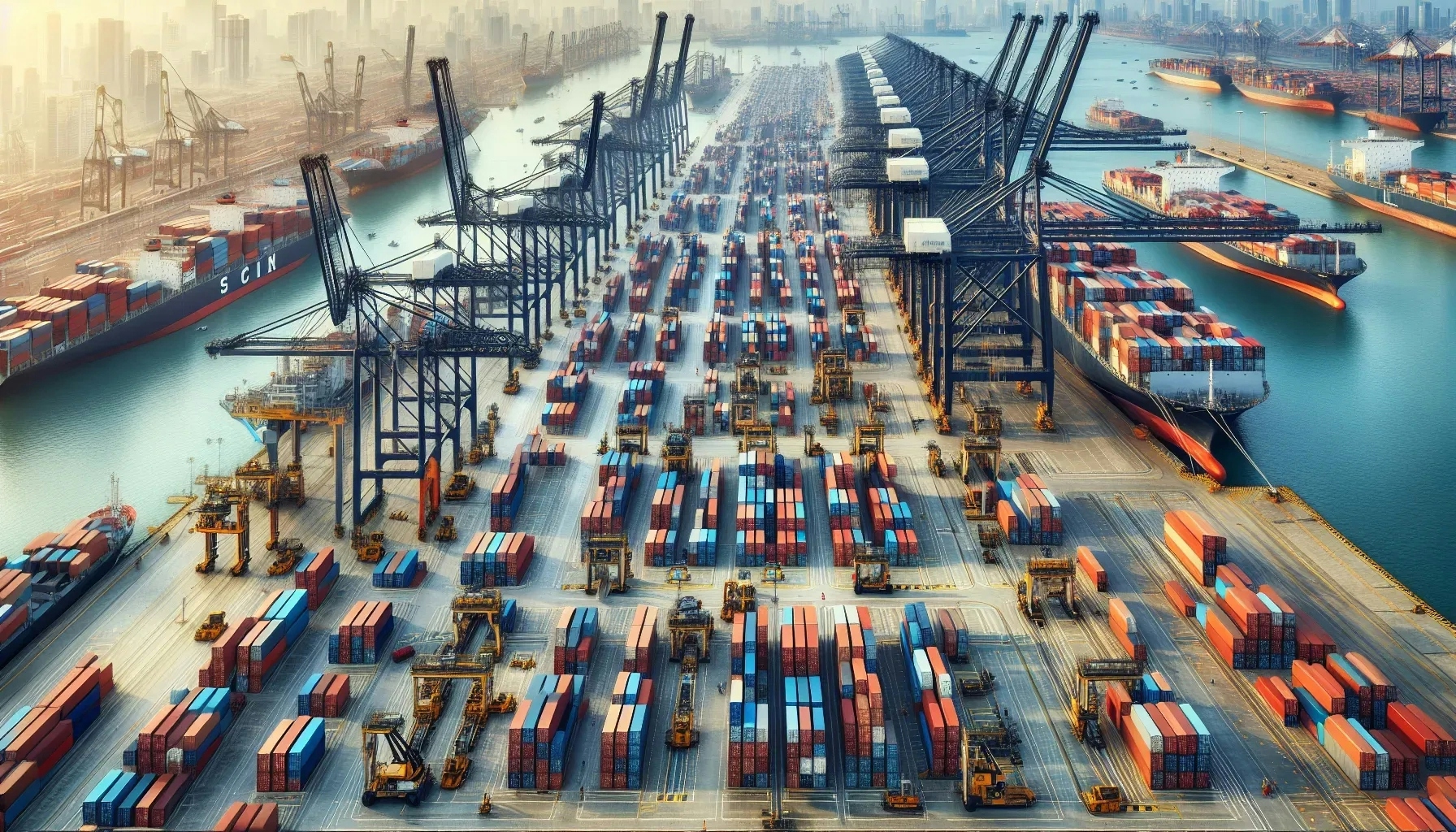Welcome to our comprehensive guide where we delve into the logistics industry, analyzing current trends and making future predictions. This post aims to provide valuable insights for industry professionals, investors, and anyone interested in understanding the dynamics of this vital sector. We'll explore various aspects, including technological advancements, regulatory changes, and market forces that shape the industry.
Current State of the Logistics Industry
The logistics industry today stands as a critical pillar of the global economy. It ensures the smooth flow of goods and services across different regions, fueling economic growth. Technological advancements have significantly influenced the industry, with digitalization becoming a key driver of efficiency and cost-effectiveness.
Automation and AI are now integral parts of logistics operations, streamlining processes and improving accuracy. These technologies have enabled real-time tracking, predictive analytics, and efficient inventory management. However, the adoption rate varies across regions and companies, creating a diverse landscape.
The industry also faces challenges, including regulatory hurdles, environmental concerns, and labor issues. These factors, coupled with the ongoing pandemic, have added layers of complexity to logistics operations. Yet, the industry continues to adapt and innovate, demonstrating resilience and potential for growth.
Technological Trends Shaping the Logistics Industry
Technology plays a pivotal role in the logistics industry, driving innovation and efficiency. One of the most significant trends is the use of AI and machine learning. These technologies are transforming logistics operations, enabling predictive analytics, route optimization, and demand forecasting.
Blockchain technology is another game-changer. It provides transparency and security in transactions, which is crucial in a sector that involves multiple stakeholders. Blockchain can also help in tracking and tracing goods, ensuring authenticity and reducing fraud.
Robotics and automation are also making their mark. They are reducing manual labor, increasing efficiency, and minimizing errors. From automated warehouses to drone deliveries, robotics is revolutionizing the logistics industry.
Regulatory Changes and Their Impact
Regulatory changes often pose challenges to the logistics industry. They can affect operational costs, efficiency, and market dynamics. Recent years have seen increased regulations around environmental sustainability and labor rights.
Many countries are implementing stricter emission standards for vehicles, pushing the industry towards greener alternatives. This shift is encouraging the adoption of electric vehicles and renewable energy in logistics operations.
Labor regulations are also evolving, with increased focus on workers' rights and safety. These changes can impact labor costs and require companies to invest in training and safety measures.
Market Forces and Economic Factors
The logistics industry is highly sensitive to market forces and economic factors. Global trade dynamics, economic growth rates, and consumer behavior significantly influence the industry.
The ongoing pandemic has disrupted global supply chains, highlighting the industry's vulnerability to external shocks. However, it has also led to increased e-commerce activity, boosting demand for logistics services.
Currency fluctuations and trade policies also impact the industry. They can affect import-export costs and influence companies' strategies. Understanding these factors is crucial for forecasting industry trends.
Future Predictions for the Logistics Industry
Looking ahead, the logistics industry is poised for significant transformation. Technology will continue to be a key driver, with AI, blockchain, and robotics leading the way.
Sustainability will become increasingly important. Companies will need to adopt greener practices, driven by regulatory changes and consumer demand. Electric vehicles, renewable energy, and circular economy principles are likely to gain prominence.
The industry will also see increased digitization and data-driven decision making. Big data and analytics will play a crucial role in optimizing operations and improving customer service.
Preparing for the Future
As the logistics industry evolves, companies must stay ahead of the curve. Investing in technology, adapting to regulatory changes, and understanding market dynamics are crucial.
Companies should also focus on building resilient supply chains. This involves diversifying suppliers, improving visibility, and adopting risk management practices.
Workforce development is another key area. With the rise of automation, there is a need for skills upgrade and training. Companies must invest in their human resources to ensure a smooth transition.
Wrapping Up Our Analysis and Forecasts for the Logistics Industry
In conclusion, the logistics industry is at a pivotal point, with technology, regulations, and market forces shaping its future. Companies must adapt and innovate to thrive in this dynamic environment. As we navigate through these changes, our analysis and forecasts can serve as a guide, helping industry stakeholders make informed decisions.

